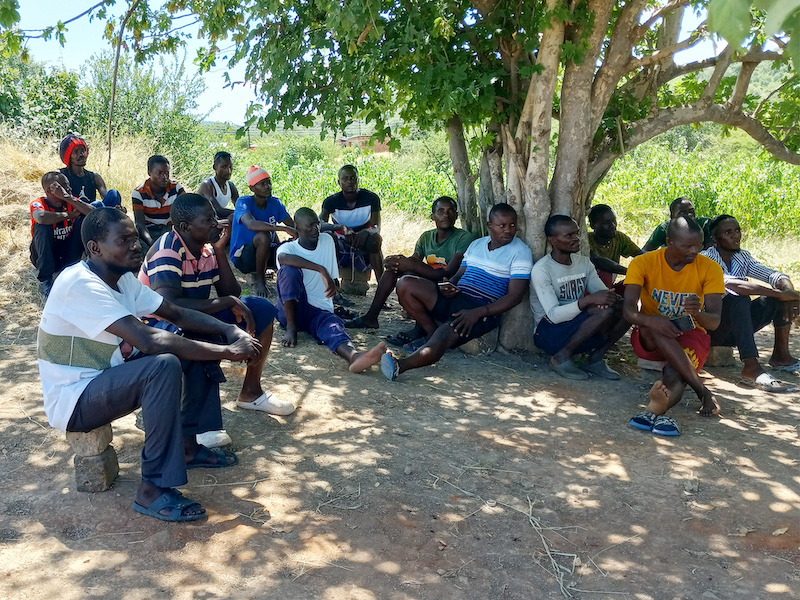
Crayfish populations have been introduced and are now invasive throughout the Kafue Floodplain and Lake Kariba. This study aims at understanding the basic biology and ecology of the organisms in the water body where they were originally introduced in 1992, the current level of distribution throughout the waterways, and the negative environmental impact of crayfish to the indigenous species. Specific objectives include assessing the current biology, ecology, and environmental situation of the invasive crayfish; determining growth parameters and growth performances of crayfishes in the Kafue Floodplain and Lake Kariba; determining the prolific breeding and reproduction of crayfishes in both rainy and dry seasons; assessing relative abundance of crayfishes in the two water bodies and from crayfish farming; and determining relative distribution and invasion of crayfishes throughout the floodplain and connected waterways. By understanding the ecosystem degradation from the invasive crayfish, the study will explain the negative effect on the environment from an invasive species.
Executive Summary of Results and Findings
Final Technical Report: Zambia Crayfish
Learn More
A Workshop and Interviews With Fishers Help Researchers Assess Invasive Crayfish in Zambia
A Zambia Project is Mitigating Risks by Assessing Invasive Crayfish
